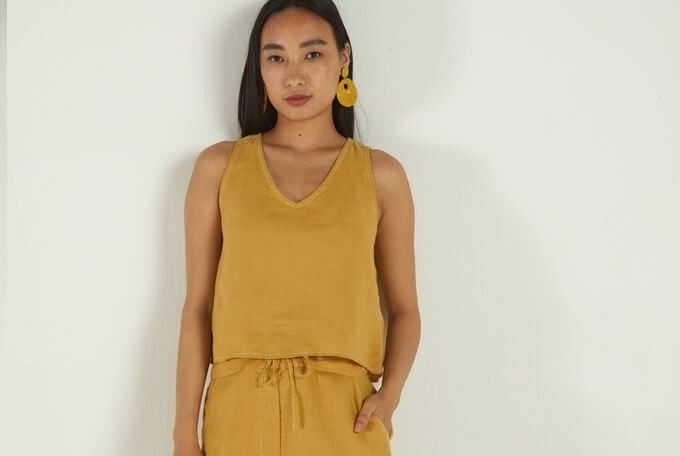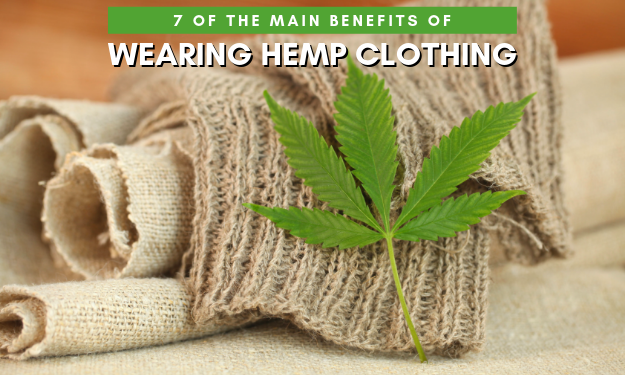Great Facts On Selecting Bamboo Clothes
Wiki Article
What Are The Benefits Of Hemp Fibres With Low-Impact Clothing That Is Sustainable?
Hemp clothing that is low impact has numerous environmental benefits compared to clothing made from other materials, including synthetic fibers as well as conventional cotton. Hemp clothing comes with a variety of environmental benefits. It grows very quickly and requires less water and pesticides. Hemp thrives in different climates. It is also adaptable to soil kinds.
Hemp typically uses a lot less water than conventional cotton. Cotton is known for consuming lots of water. This makes hemp a sustainable option for garment production.
Hemp is typically grown without synthetic pesticides. The use of herbicides is also not needed. This reduces the environmental harm that comes with chemical farming.
Hemp plantation can enhance soil health by preventing erosion and compaction. It can also make the soil fertile to plant in the future.
Biodegradability Hemp fibers are biodegradable, and will break down in a natural manner over time, reducing the environmental impact of textile waste. Synthetic fibers like polyurethane can require a long time to break down.
Lower Carbon Footprint - The hemp fiber production generally has a lower carbon footprint when compared to synthetic materials. Additionally, hemp can capture carbon dioxide from the atmosphere during its growth, acting as an carbon sink.
Hemp clothing's durability as well as its longevity are widely known. Hemp garments of good quality will last for a long time. They reduce the requirement for replacements and can also reduce the amount of waste.
Hemp plants are naturally resistant against pests. This eliminates the need for pesticides.
Hemp is an incredibly versatile textile that can be used to make bags, clothing or other accessories.
Regenerative Agriculture: Certain sustainable farming practices include hemp in regenerative agricultural systems that seek to improve ecosystems and improve the quality of their ecosystems while generating crops. This method can have positive environmental impacts.
While hemp offers many advantages for the environment, its sustainability is also affected by other elements, such as the transport, dyeing process and the behavior of consumers. As with any industry there are differences in standards and production practices. It's essential to pick certified organic or sustainable clothing for the greatest environmental benefits. Check out the top my explanation for more info including hemp garments, hemp yoga pants, hemp button down shirt, jungmaven t shirt, patagonia iron forge jacket, afends jesse dress, hemp hoodie, hemp tees, hemp jeans mens, patagonia iron forge jacket and more.

What Makes Hemp Clothing More Functional And Technologically Superior Than Traditional Fibres Than Other Fabrics?
Hemp clothing is a sustainable option that offers many functional and technical advantages over traditional fibers. Hemp clothing is a great eco-friendly option because it's water- and sweat-resistant.
Hemp fibres are extremely air-tight. They also help to wick away moisture, making hemp clothing very comfortable in different circumstances. They can help to wick away moisture from the skin, keeping you cool during hot weather.
Regulation of Temperature Regulation-
Hemp clothing exhibits excellent thermoregulatory characteristics. It will keep you warm by trapping warmth close to you, and can also assist you in staying cool in hot weather. This natural control of temperature can lessen the requirement to change your clothes frequently.
Durability and Longevity-
Hemp fibers are durable. The clothing made of hemp is stronger and more able to wear than clothes constructed from other fibers like cotton. This means hemp clothing can last for a longer time. It also means less necessity for frequent replacements.
UV Protection
Hemp fibers help protect skin by blocking harmful UV radiations. This is especially useful when it comes to outdoor activities and sports.
Biodegradability:
Hemp clothing is degraded in time. It is a great way to reduce textile waste and the impact on the environment.
Low Environmental Impact
Hemp production generally uses lesser synthetic herbicides or pesticides when compared to cotton. It is also environmentally green since it uses less. The eco-friendly qualities are boosted by organic hemp farming.
Carbon Sequestration-
Hemp is a great plant to remove CO2 from the atmosphere. The hemp plant can act as a carbon sink, and also reduce greenhouse gas emissions.
Sustainability and Crop Rotation-
Hemp can be incorporated into crop rotations to improve soil health, reduce the risk of diseases and soil depletion. The eco-friendliness of hemp is enhanced through this sustainable farming technique.
Versatility:
For the creation of blends of fabrics which are sustainable and high-performance hemp fibers may be blended with other fabrics such as organic cotton or recycled Polyester. This versatility allows the creation of novel textile products.
Low Toxicity
Hemp fibers are low-toxic in nature and do not require any chemical processing during the manufacturing process, help reduce the environmental impact.
Apart from hemp's numerous ecological and functional benefits, it is important to remember that sustainability of clothes can be impacted by other factors such as dyeing methods transport, ethical labor practices. To help consumers make environmentally friendly choices it is recommended to look for clothing brands which prioritize sustainability, transparent manufacturing, and ethical practices. Follow the top rated the original source about hemp clothing for blog advice including hemp yoga clothes, hemp fleece fabric, hemp baja hoodie, hemp tees wholesale, hemp button shirt, hemp yoga clothes, 100 hemp clothing, hemp trousers, hemp hoodie, patagonia hemp shorts and more.

What is the difference between hemp fibre and bamboo fiber?
Both hemp and bamboo fibers are plant-based fibers that are used to produce textiles. Each one has distinct qualities and features. Here are the major distinctions between bamboo and hemp fibers- 1. Plant Source-
Hemp- Hemp fibers are made from the hemp stalks plant, and specifically the bast fibers on the outside. Hemp is adaptable, quick-growing and was used to create different products for centuries.
Bamboo Fibers of Bamboo are made from the pulp of bamboo plants. Bamboo is a fast-growing species grass, renowned for its quick renewal and endurance.
2. Fiber Characteristics
Hemp- Hemp fibers are known for their durability and strength. They are natural fibers with a lot of strength that become softer and softer after washing, making them perfect for the production of durable textiles.
Bamboo fibers can be silky and soft. Although they may not be as sturdy as hemp fibers, and are more delicate in certain circumstances, their comfort to the skin is highly appreciated.
3. Texture & Feel
Hemp- Hemp fabric has a textured and slightly coarse feeling, particularly in its natural state. It's soft, but it has a distinct feel compared to bamboo.
Bamboo- Bamboo material is soft, smooth and silky. It's described as feeling like a mix of cotton and silk, making it very comfy to wear.
4. Breathability, Moisture Wicking, and Breathability-
Hemp- Hemp fibers are naturally water-wicking and breathable, which allows to circulate air and absorb moisture. These can keep you cool during hot summer days.
Bamboo is also extremely breathable, and it wicks away the moisture. The micro-gaps enhance the ability of these fibers to regulate humidity and temperatures, making you feel in a comfortable position no matter what the conditions.
5. Environmental Impact-
Hemp- Hemp is considered as an eco-friendly fibre due to its low water consumption rapid growth rate, as well as resistance to pests, reducing the need for pesticides and herbicides. It can also absorb carbon dioxide out of the air as it grows.
Bamboo is a well-known choice for sustainable building materials. It grows quickly, requires less water and is a breeze to cultivate without pesticides that are synthetic. Some bamboo varieties are considered extremely sustainable, like Moso bamboo.
6. Processing-
Hemp- Hemp fibres need an extensive process to separate the inner bast fibers from the inner woody core. The process may require decortication, retting and mechanical separation.
Bamboo- Bamboo Fibers can be obtained via a chemcial process referred to as the viscose/rayon method. It is done by using chemicals to break the bamboo into a pulp. This process can create environmental concerns if it is not managed in a responsible manner, certain bamboo textiles utilize closed loop systems to minimize the waste of chemicals.
7. Versatility-
Hemp- Hemp fibers are flexible and can be utilized in a variety of uses, such as clothes, textiles, paper building materials, and many more.
Bamboo fibers- Bamboo fibers are used primarily in textiles and clothing however they can also be found in some other products like sheets and towels.
In sum In the end, both bamboo and hemp offer unique qualities and sustainability advantages. It depends on what qualities you are looking for in a product, and how environmentally conscious you are. Have a look at the top rated bamboo clothing blog for site advice including bamboo sweatpants, bamboo dress shirt, bamboo apparel wholesale, halloween bamboo pajamas, bamboo pants for women, bamboo jeans brand, bamboo maternity, bamboo t shirts ladies, halloween bamboo pajamas, bamboo baby pajamas and more.
